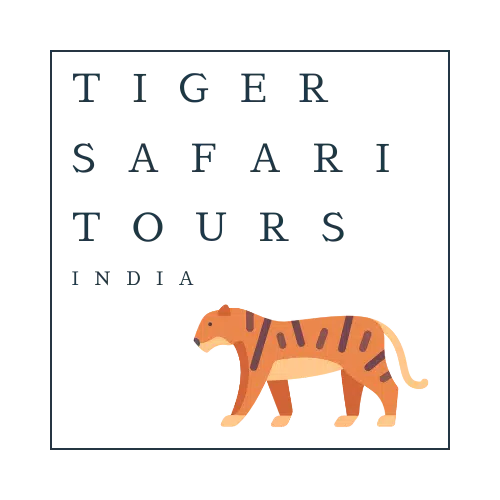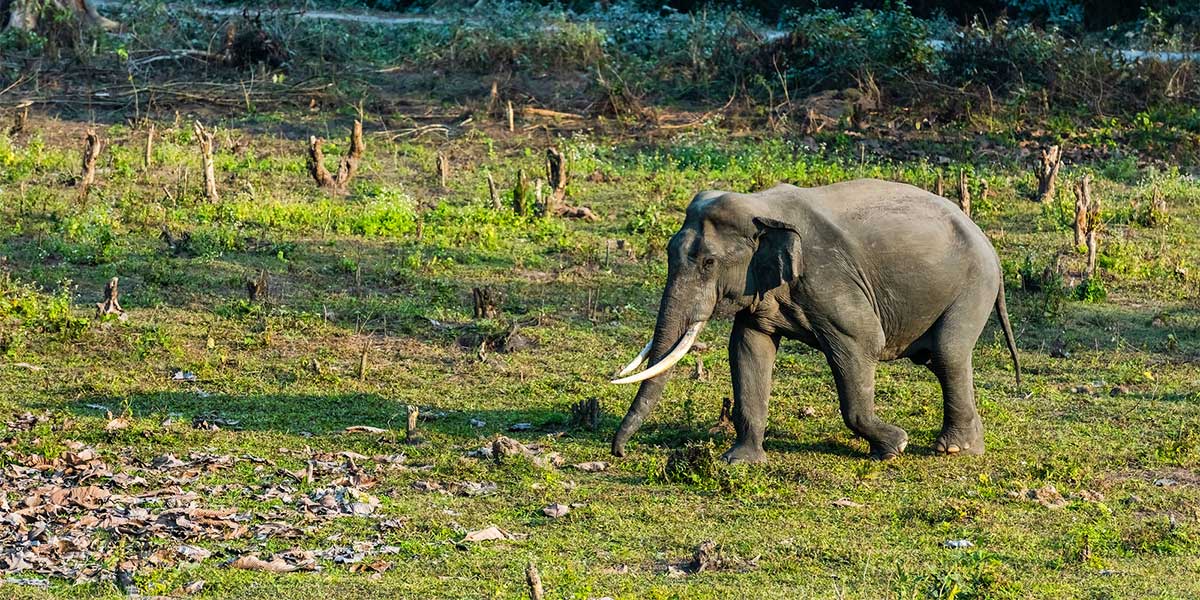Manas Wildlife Sanctuary – National Park, UNESCO Natural World Heritage Site
Overview
Manas National Park is a national park located in the Assam, state of India. It is a notably renowned park in eastern India as it is a UNESCO Natural World Heritage site, an elephant reserve, a biosphere reserve, and a Project tiger reserve. The park is considered to be an excellent illustration of nature’s bounty that is set at the Himalayan foothills. It also neighbors the Royal Manas National Park in Bhutan and is a repository of the rustic and rich biodiversity with picturesque charm.
Information
The Manas River lies at the heart of the national park, which is a river tributary of the Brahmaputra River, making it a serene experience for the visitors. The park is named after the Manas River, which, in turn, is named after the serpent goddess Manasa in Hindu mythology. The park encompasses an entire area of around 950 km². Manas is very rich and diverse in its population of flora and fauna. It is a substantial haven for its more than 450 species of avifauna and around 60 species of mammals.
- Size – 950 km²
- Forest Type – Mixed Moist and Dry Deciduous forests succeeded by semi-evergreen climax forest in the northern part of the park
Star Species
The peace and tranquility of this park is the most exceptional gift of nature. The river, hills and biodiversity make the park an intriguing place to plan a vacation at. In order to grasp the thrill and seek adventures in the wild territory, residing in the resorts in Manas National Park is the most suitable way to do so. Manas offers a scenic view of beauty to all the nature lovers through its diverse biodiversity of plant and animal species, compelling you to visit and witness the majestic views of nature.
- Key Mammals – Assam Roofed Turtle, Black Panther, Assamese Macaques, Pygmy Hog, Capped Langur, Golden Langur, Dholes, Indian Leopard, Indian Rhinoceros, Indian Tigers, Indian Elephants
- Key Birds – Bengal Florican, Ospreys, Jungle Fowls, Indian Peafowl, Crested Serpent Eagle, Fishing Eagles, Scarlet Minivets, Grey Hornbill, Pied Hornbill, Great Hornbill
How to reach
- By Train – The nearest railway station to Manas National Park is Barpeta Road railway station, situated 22 kms away from the park. To reach Barpeta Road, one has to take a train via Guwahati Station, which has good connectivity with other cities of the country.
- By Air – The nearest airport to Manas National Park is located in Guwahati, Assam. Guwahati Airport is about 180 kms from the Manas. It is well-connected to all major airports in the country. At Guwahati Airport, there are a lot of transportation services available to reach Manas National Park.
- By Road – Bongaigaon is the nearest city situated around Manas National Park. Bongaigaon has good connectivity through roads connecting to the National Highways. One can travel to Manas and experience a memorable journey as it is connected to other major cities such as Guwahati which is about 176 Kms away from the national park.
Safari Zones
To experience Manas National Park, there are three options available – Jeep Safari, Elephant Safari, and River Safari. Guided safari tours can consist of 3-4 hrs of jeep safari, half-day safari in the park. The bhutan side fo the park can also be ventured into on special arrangements.
- Jeep Safari- 60 to 90 Km
- Zone/Route 1: Bansbari -Lotajhar-Mothanguri-Gyati-Uchilla-Kuribheel-Buraburi and return
- Zone/Route 2: area around the village of Koklabari, then through the jungle to Alabari and Namlang; a number of watchtowers have been built to assist birdwatching.
Weather
| Month | Min. Temp (°C) | Max. Temp (°C) |
| January | 8 | 21 |
| February | 11 | 25 |
| March | 16 | 31 |
| April | 21 | 38 |
| May | 27 | 43 |
| June | 28 | 42 |
| July | 28 | 38 |
| August | 27 | 37 |
| September | 25 | 36 |
| October | 20 | 35 |
| November | 14 | 29 |
| December | 9 | 23 |
Things to Carry
Clothing tips for the right safari experience:
- Clothes in the earthy colours to be worn which are greens, beige and grey. Black attracts mosquitoes and should be avoided. Shiny or bright colours are a big no.
- Clothes as per expected weather are very important:
- Summer clothes to be carried should be preferably cotton or cotton blend that is comfortable, breathable.
- Winter clothes to be packed should be planned for layering over each other when worn. Advisably 4-5 woollen clothes than one heavy item.
- A raincoat or a windcheater is also recommended.
- A hat or a cap as per the weather or season is also prescribed.
- Avoid wearing strong fragrances on the safari.

